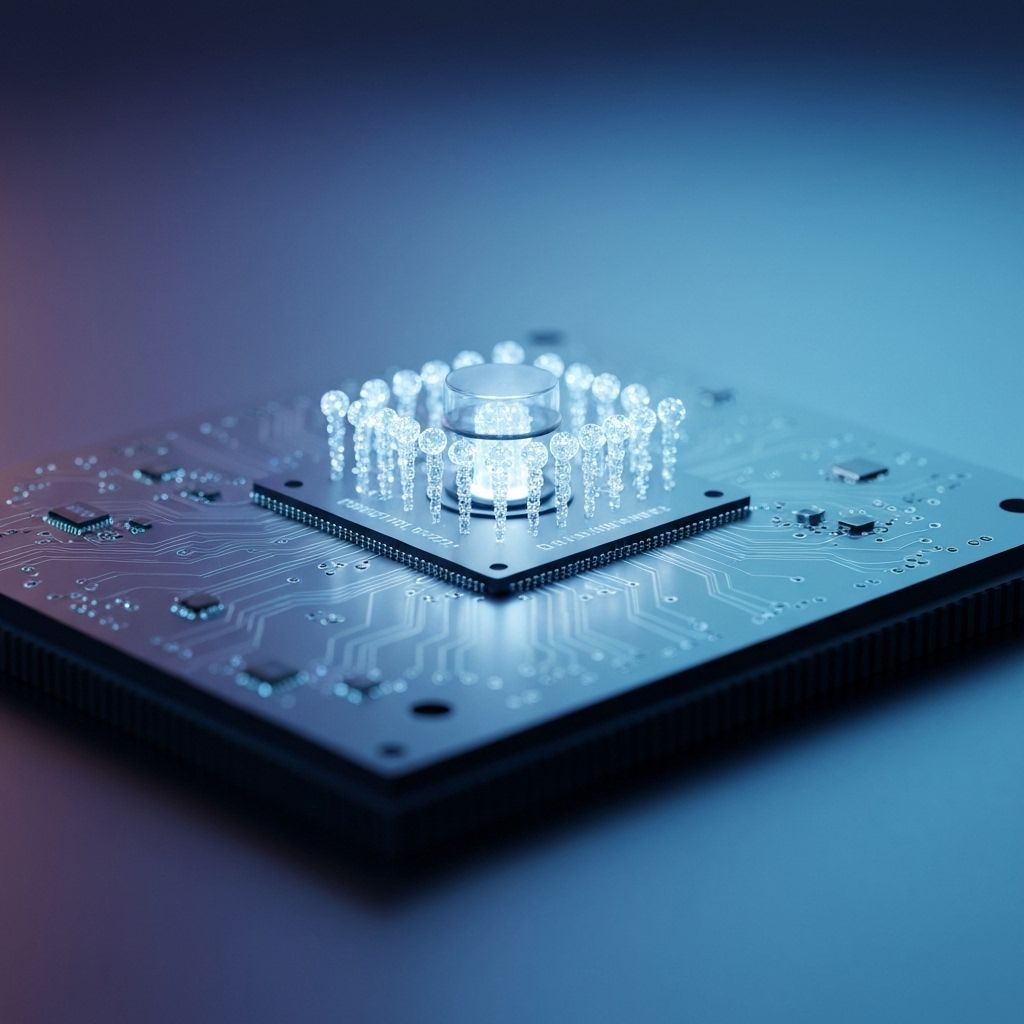The Quantum Internet: A Glimpse into the Future of Secure Communication
A Network Built on Quantum Principles
The internet we use today transmits information as classical bits (0s and 1s). While secured by encryption, this information is still vulnerable to being intercepted and, with enough computational power (perhaps from a future quantum computer), decrypted. The quantum internet represents a completely new paradigm for communication, built on the strange and wonderful principles of quantum mechanics.
Instead of transmitting data bits, a quantum internet transmits qubits (quantum bits). The key technology that powers it is quantum entanglement.
The Magic of Entanglement
Entanglement is a phenomenon where two or more quantum particles become linked in such a way that their fates are intertwined, no matter how far apart they are. If you measure a property of one particle, you instantly know the corresponding property of the other. Albert Einstein famously called this "spooky action at a distance."
The quantum internet uses entanglement to create a fundamentally secure communication channel.
- Two users, Alice and Bob, share a pair of entangled qubits.
- Alice wants to send a bit of information to Bob. She performs a measurement on her qubit, which instantly affects Bob's qubit.
- The act of any third party (an eavesdropper, Eve) trying to intercept and measure the qubit in transit would disturb its quantum state. This disturbance would be immediately detectable by Alice and Bob, alerting them that the channel is compromised.
This is the basis of Quantum Key Distribution (QKD), which allows two parties to generate a shared, secret random key known only to them, which they can then use to encrypt and decrypt messages over a classical channel.
The Stages of Development
Building a global quantum internet is a monumental challenge. Researchers envision its development in stages:
- Stage 1 (Trusted Repeater Networks): The current stage, where QKD is possible over limited distances (a few hundred kilometers).
- Stage 2 (Entanglement Distribution Networks): The development of "quantum repeaters" that can extend the range of entanglement.
- Stage 3 (Quantum Memory Networks): The ability to store qubits for short periods, enabling more complex protocols.
- Stage 4 (Full-Fledged Quantum Computers): The final stage, where full quantum computers are connected via a quantum network, enabling distributed quantum computing.
RaxCore's quantum research division is actively working on developing the hardware and protocols for quantum repeaters and memory, key building blocks for the next stage of the quantum internet. While a true "quantum web" is still decades away, the era of fundamentally secure communication is just beginning.



